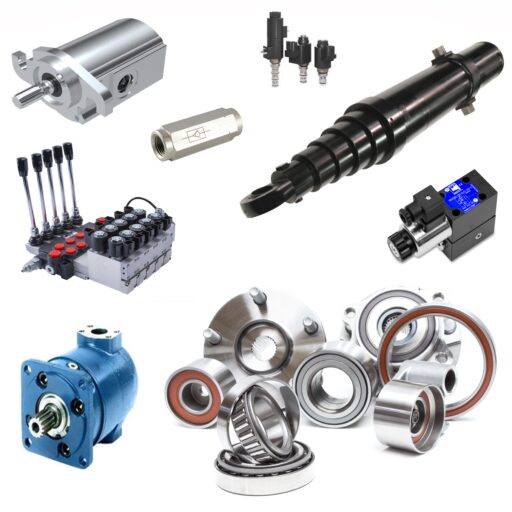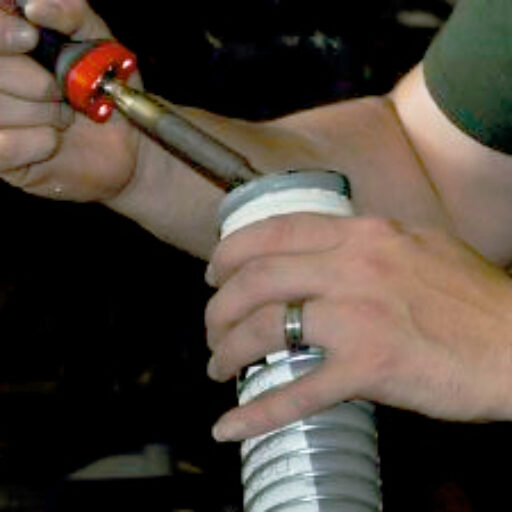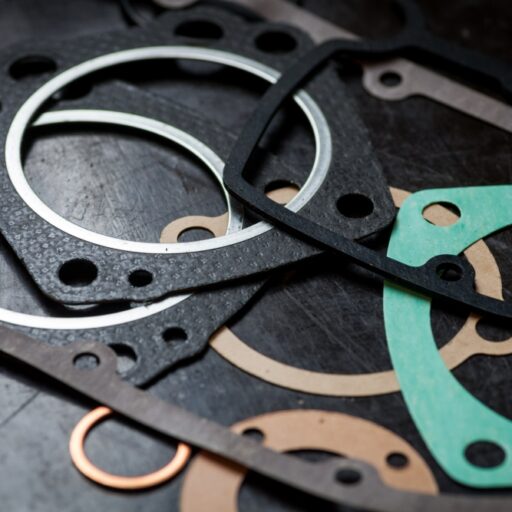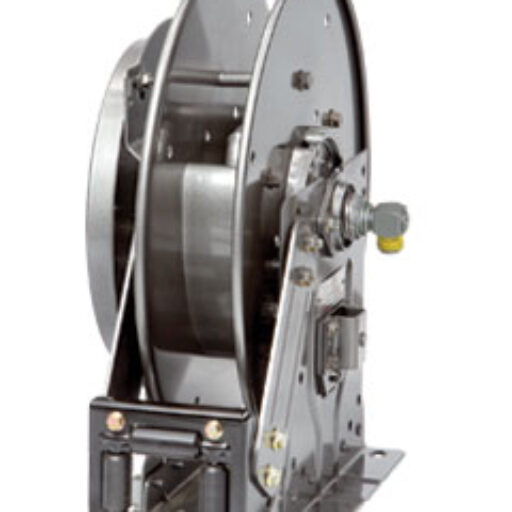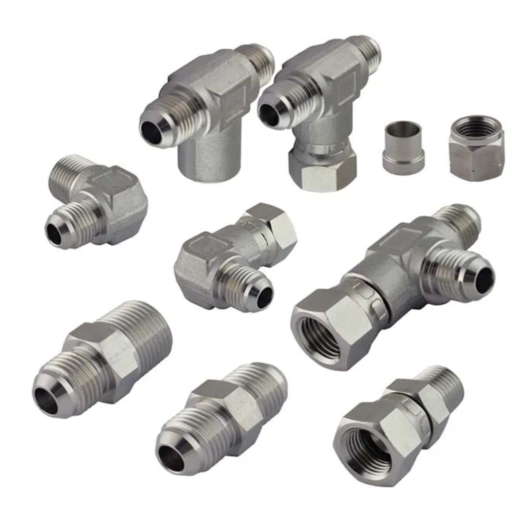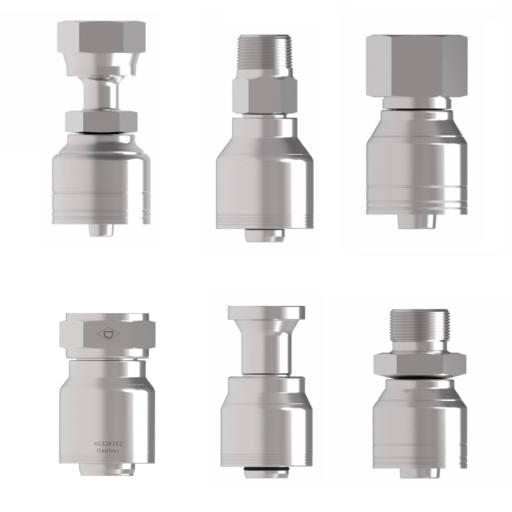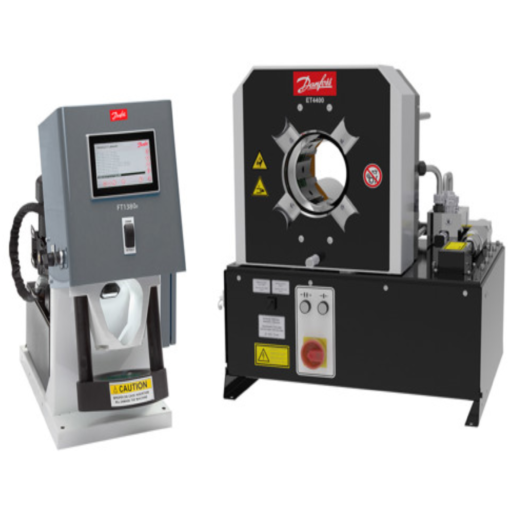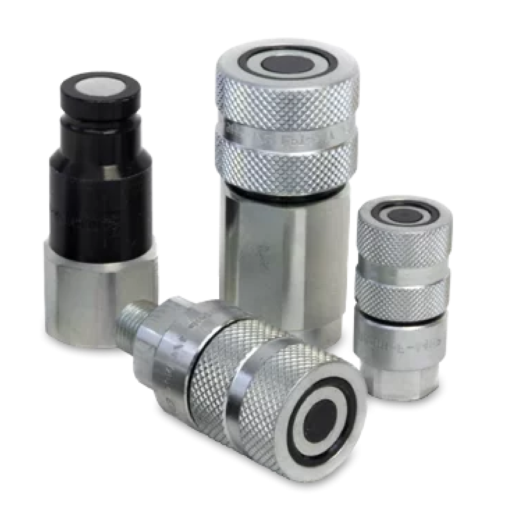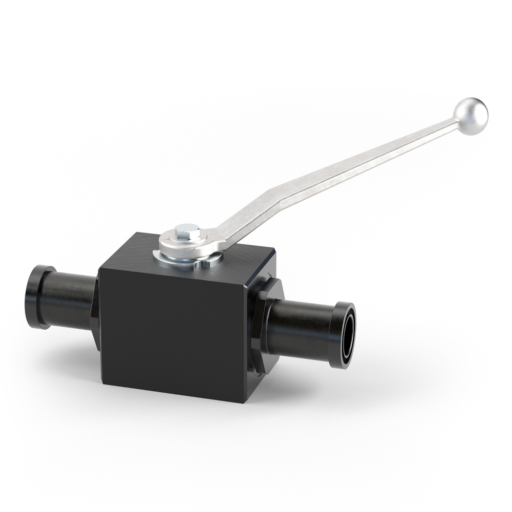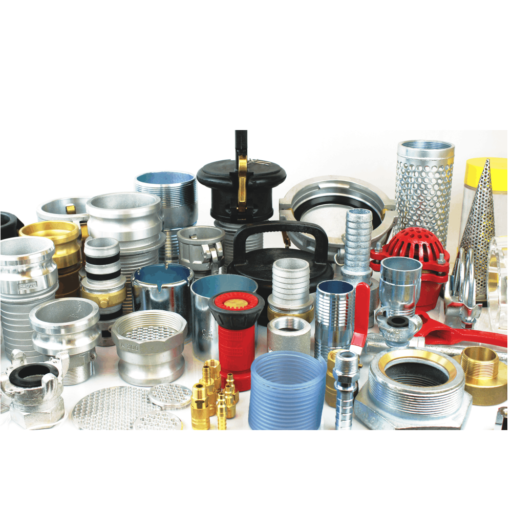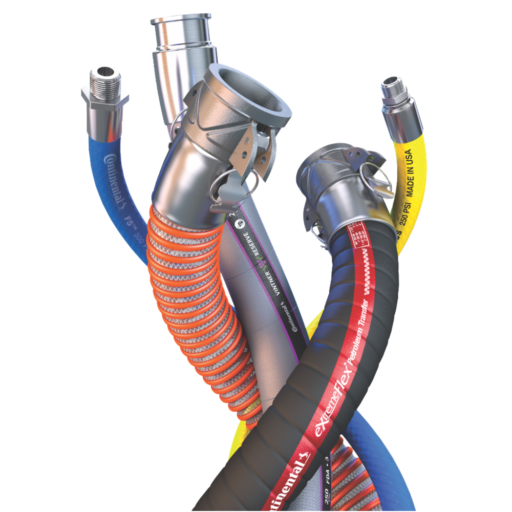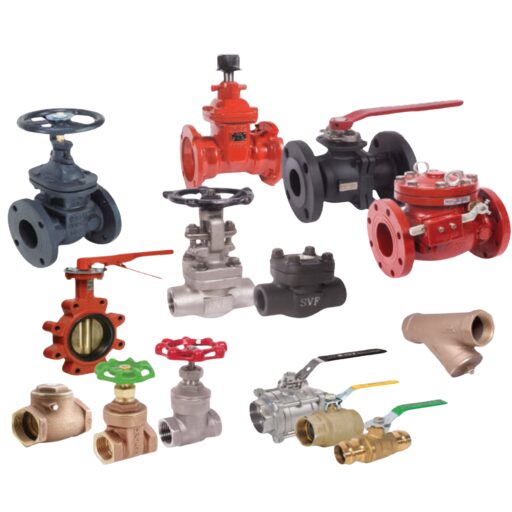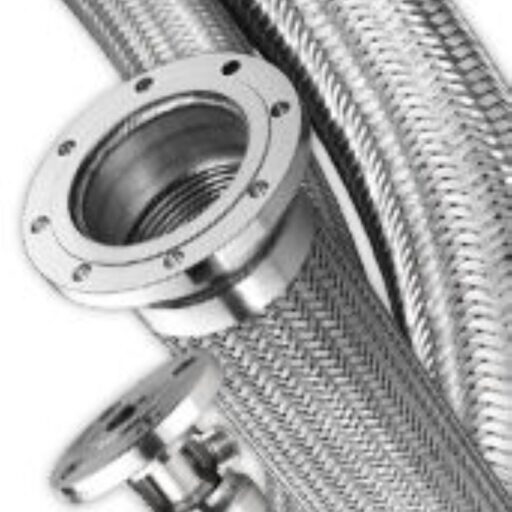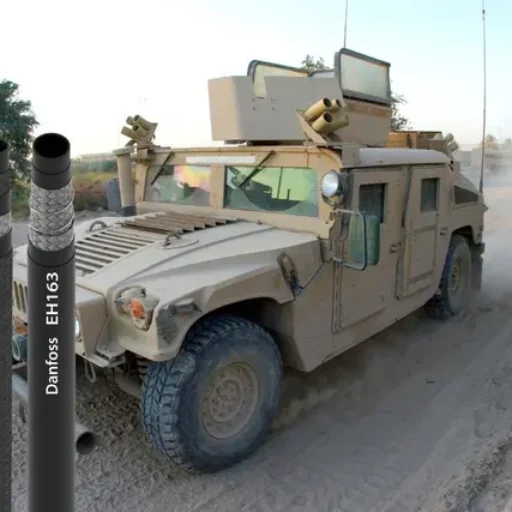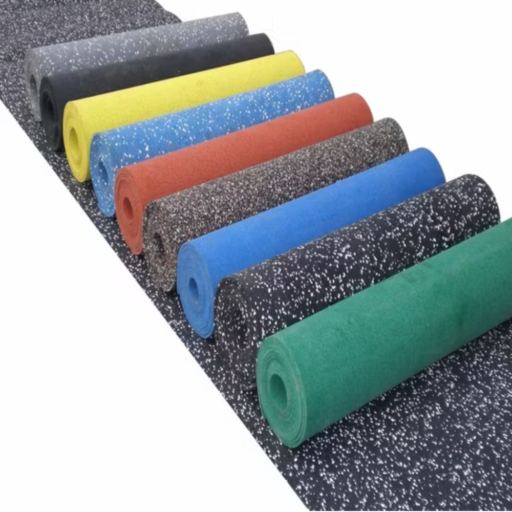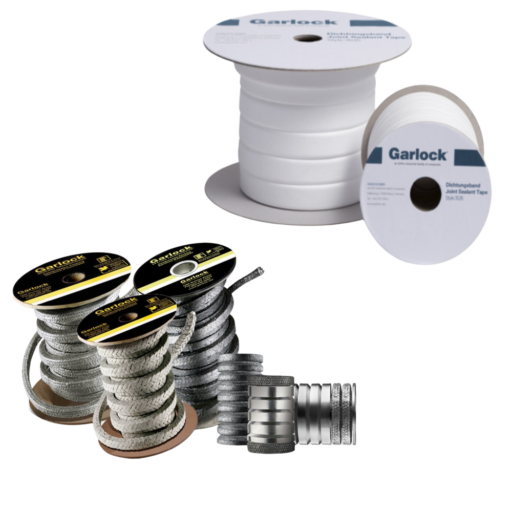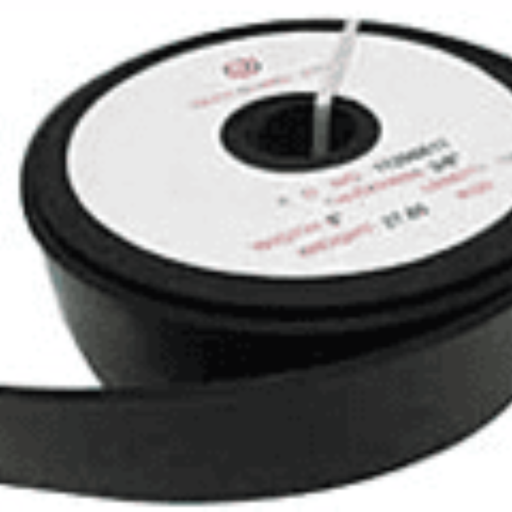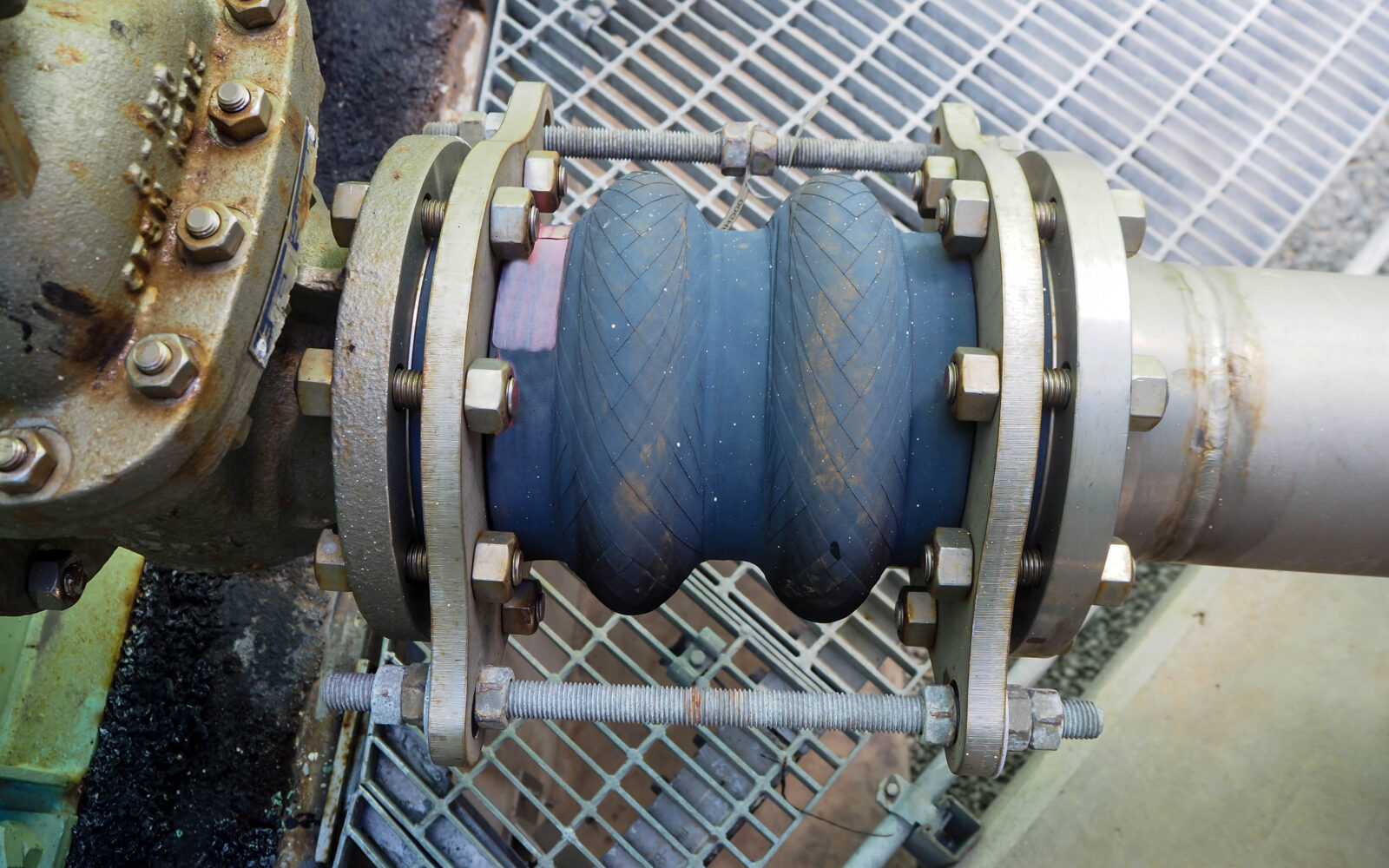Expansion joints are essential components in piping systems, helping to absorb movement, reduce stress, and enhance system durability. Selecting the right expansion joint is critical for preventing system failures, leaks, and unnecessary maintenance costs. At Hampton Rubber, we offer a comprehensive range of expansion joints and expert guidance to ensure you get the best solution for your application.
Key Considerations When Selecting an Expansion Joint
✔ Measure Movement in All Planes – Expansion joints must accommodate axial, lateral, and angular movement without excessive stress. Understanding how your piping system moves is key to selecting the right joint.
✔ Material Compatibility – Choosing the correct material ensures longevity and optimal performance. Common materials include:
- EPDM – Ideal for water applications and general industrial use.
- Neoprene – Suited for moderate chemical resistance and industrial settings.
- PTFE-Lined Rubber – Provides superior chemical resistance for harsh applications.
✔ Pressure & Temperature Ratings – Expansion joints should match the system’s pressure and temperature specifications to prevent premature failure or breakdown.
✔ Installation Environment – Consider external factors such as UV exposure, chemical exposure, and mechanical wear, all of which affect the lifespan and performance of the expansion joint.
✔ Use of Limiting Rods & Hardware – Some high-pressure or excessive movement applications require additional hardware, such as limiting rods, control units, and tie rods, to prevent overextension or structural damage.
When to Use Limiting Rods & Additional Installation Hardware
Expansion joint hardware controls movement and prevents overextension, ensuring safe and long-lasting operation. Consider using them in these scenarios:
✔ High-Pressure Systems – Limiting rods prevent excessive movement caused by pressure surges.
✔ Vibrating Equipment – Control units help stabilize expansion joints in systems subject to continuous vibration.
✔ Large Thermal Expansion – Tie rods help restrict unwanted axial movement in high-temperature applications.
✔ Piping Misalignment – Hardware can compensate for misalignment while preserving joint integrity and system performance.
Common Questions About Selecting Expansion Joints
1. How do I determine the correct expansion joint size?
✔ Proper sizing requires measuring the pipe diameter, expected movement range, and system pressure. Incorrect sizing can lead to premature wear and inefficiency.
2. What are the most common materials used in expansion joints?
✔ The most common materials include:
- EPDM – Ideal for water and HVAC applications.
- Neoprene – Used in general industrial and marine applications.
- PTFE-Lined Rubber – Best for chemical processing and extreme conditions.
3. Can an expansion joint help with noise and vibration reduction?
✔ Yes! Many expansion joints are designed to absorb vibrations and reduce noise, improving overall system performance and longevity.
4. How often should expansion joints be inspected and replaced?
✔ Routine inspections should be performed every 6 to 12 months, with replacements as needed due to wear, cracking, or loss of flexibility.
Trust Hampton Rubber for Your Expansion Joint Needs
Selecting the right expansion joint is crucial for system efficiency, longevity, and safety. Whether you need a standard joint or a custom-engineered solution, Hampton Rubber’s experienced team can help you find the best fit for your application.
📞 Need assistance with your expansion joint selection? Contact Hampton Rubber today for expert guidance and premium sealing solutions!


